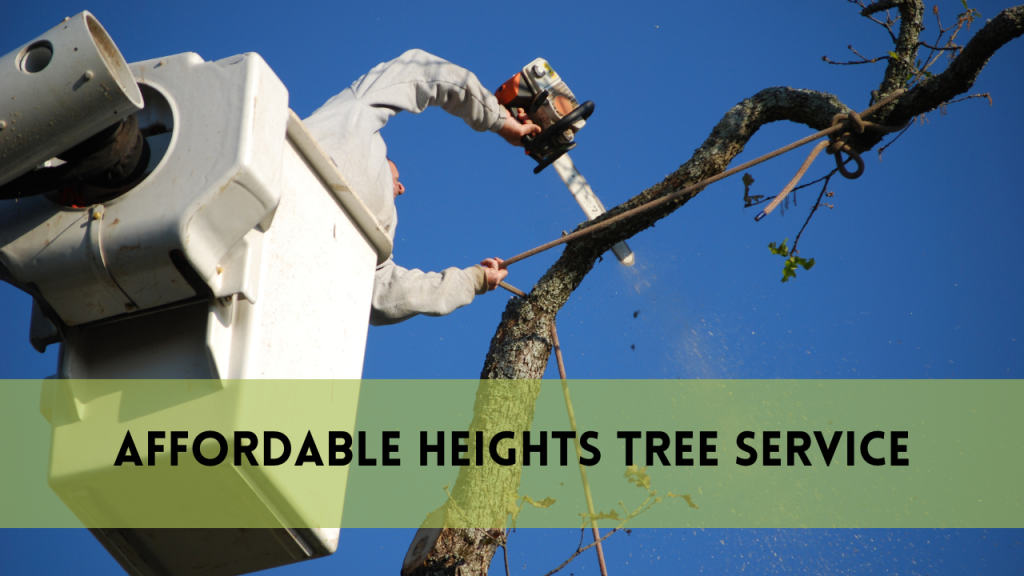Remove Grass Around Trees
The decision to remove grass around trees should be based on the demands of your tree, your landscaping preferences, and the overall health and aesthetics of your outdoor space. An arborist or landscaping professional can provide personalized advice for your specific scenario. In this blog you will be learn about Should I remove grass around trees.
Should I Remove Grass Around Trees?
Competition for Resources
When deciding whether to remove grass near trees, competition for resources is an important element to consider. To thrive, both grass and trees require critical resources such as water, nutrients, and sunlight. When grass is densely planted near trees, it might compete for these essential elements.
Tree Health
Tree health is an important factor in ensuring the well-being and lifespan of trees. When deciding whether to remove grass around trees, it’s critical to examine how it may affect the tree’s health.
Mulch
- Mulch acts as a protective barrier, reducing soil moisture evaporation.
- Mulch creates a physical barrier that inhibits weed growth. This reduces competition for water and nutrients, promoting the health of tree roots.
- Mulch insulates the soil, helping to regulate temperature extremes. This prevents rapid soil temperature fluctuations
- Organic mulch breaks down over time, enriching the soil with valuable nutrients.
Aesthetic preferences
Individual or group choices and tastes in design, appearance, or visual elements are referred to as aesthetic preferences. Aesthetic preferences have a key impact in defining how a specific outdoor space is planned and maintained in the context of landscaping and tree care.
Tree age
Young trees are more vulnerable to grass competition. If you have newly planted trees, it may be useful to clear the grass surrounding them to ensure healthy establishment.
A Step-By-Step Guide to Killing Grass Around Trees
How to remove grass around trees with a shovel?
- Dig up sections of grass with a shovel, being careful not to scrape the tree roots.
- Dig two to four inches deep to ensure that all of the turf (roots and all) is removed.
- Don’t force it if an area is difficult to dig. A little root could be hiding beneath that patch of turf.
- After you’ve removed the grass, put two to four inches of mulch around the tree, all the way to the drip line.
- To avoid attracting pests, keep the mulch at least five inches away from the trunk.
- After that, simply water the mulch thoroughly.
How to Remove Grass at the Base of Trees with Newspaper?
- Cut grass under the tree to an even height.
- Grab a few black and white newspapers. Place about 10 sheets over each section of the grass.
- Overlap the paper as you work your way around the tree.
- Soak the newspaper with water, and then apply mulch on top as instructed above.
- Water the mulch thoroughly.
- In about a month, the grass will be dead. No need to remove the newspaper either because it will safely decompose into the soil.
Wait for the Results with Patience
Leave everything in place because the newspapers will degrade into the soil and nothing needs to be removed. Your mulch should be evenly distributed and visually appealing, with no grass interfering with the trees or newly put mulch. If time is of the essence or your schedule is too tight, you could be better off hiring a local tree trimming services firm to help you.
Herbicide
Herbicide is one last option. Herbicide can be challenging because too much can harm your tree, so follow the manufacturer’s directions carefully. Place a layer of cardboard at the base of the tree when applying the herbicide to prevent the herbicide from getting on the tree trunk. Spread herbicide on a non-windy day to avoid it spreading around your Yard.
Removing grass around trees offers several advantages
Reduced Competition
Eliminating grass reduces competition for essential resources like water, nutrients, and sunlight, allowing trees to thrive.
Improved Tree Health
With less competition and reduced risk of damage from mowers and trimmers, trees are more likely to stay healthy and disease-free.
Enhanced Aesthetics
A well-defined tree ring with mulch or ground cover creates a tidy, attractive appearance that complements your landscape.
Weed Suppression
Removing grass reduces weed growth, minimizing the need for ongoing maintenance and weed control efforts.
Erosion Control
Bare soil near trees can erode, but mulch or ground cover helps stabilize the soil and prevent erosion.
Optimal Soil Conditions
As it decomposes, mulch enriches the soil, providing a nutrient-rich habitat for tree roots.
Maintaining a grass-free zone is often less labor-intensive than cutting grass around trees, and it decreases the danger of unintentional tree damage.
Environmental Benefits
Creating a healthy tree environment benefits the local ecosystem, fauna, and general biodiversity.
What kills grass naturally?
Vinegar is an excellent at-home alternative that will kill your grass but leave the larger plants alone. The vinegar’s high acidity should dry out the grass.
Related Posts:
Why Remove Grass around Trees?
Because grass requires a certain amount of sunshine to flourish, shading from trees can hinder its development, giving it a patchy and rough appearance. Furthermore, grass and weeds around the tree’s base can obstruct its roots and steal nutrients from it, slowing its growth and development. As a result, entirely eliminating grass or weeds beneath older trees is usually the best option.
What happens if the grass continues to grow?
If grass grows uncontrolled near trees, it can have a number of negative consequences. Grass roots shrink and your lawn weakens, making it vulnerable to insects and illnesses.
Conclusion
The decision to remove grass near trees is a subtle one that is influenced by a variety of factors. While grass and trees can coexist under certain conditions, it frequently compete for important resources, potentially compromising tree health and growth. You may create a better habitat for your trees while also improving the overall aesthetic of your landscape by taking proactive efforts such as mulching, utilizing weed barriers, and regular upkeep. Finally, assessing your trees’ special demands, considering aesthetic preferences, and striking a balance between maintenance and natural growth is critical to picking the correct option for your unique outdoor environment.



